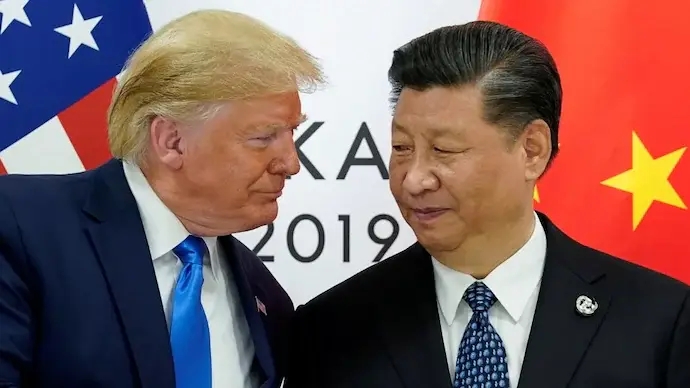By Ollus Ndomu
In a rare moment of economic détente, the United States and China have agreed to slash tariffs on each other’s goods for the next 90 days, signaling a major cooling of their long-running trade war and offering a temporary reprieve to markets rattled by years of tit-for-tat escalation.
U.S. Treasury Secretary Scott Bessent announced late Sunday that both sides would implement a 115% mutual reduction in tariffs, effective Wednesday. The move will bring U.S. tariffs on Chinese imports down to 30%, from what analysts estimate was a weighted average of 64.5%. China will cut its tariffs on U.S. goods to 10%, down from roughly 21.5%.
“This is a de-escalation with teeth,” Bessent said in a statement, calling the move “the most significant thaw in U.S.-China trade tensions in over half a decade.”
Markets responded positively in early trading, with futures on the S&P 500 and the Hang Seng Index both inching up, though analysts warned the three-month window means deeper uncertainty still lies ahead.
While a 30% tariff remains “punitive by historical standards,” according to Bloomberg Intelligence, the cut is still broader and faster than expected. “It shows both Washington and Beijing are responding to mounting pressure from industries that can no longer absorb or pass on rising costs,” said Anya Zhao, an international trade economist at Nomura.
The breakthrough followed weekend negotiations in Geneva, where U.S. and Chinese trade envoys reportedly reached consensus after months of backchannel talks.
Chinese officials had grown increasingly vocal in recent weeks about the drag U.S. tariffs were placing on the country’s post-pandemic recovery. “The pressure was intensifying,” said Bloomberg’s Beijing correspondent Laura Bicker. “Policymakers saw the risk of deeper industrial contraction.”
Bessent himself had admitted last month that the existing tariff structure was “economically unsustainable” and hinted that a recalibration was on the table.
Still, the relief is temporary. The 90-day timeline raises questions about what follows—and whether the two largest economies can forge a longer-term pact. “This is not a resolution,” said Theo Leggett, Bloomberg’s trade policy analyst. “It’s a breathing space, and both sides know it.”
Investors will now watch for signs that negotiations might be extended or that tensions will resurface when the clock runs out.
For now, the markets and exporters on both sides will take the breather.


